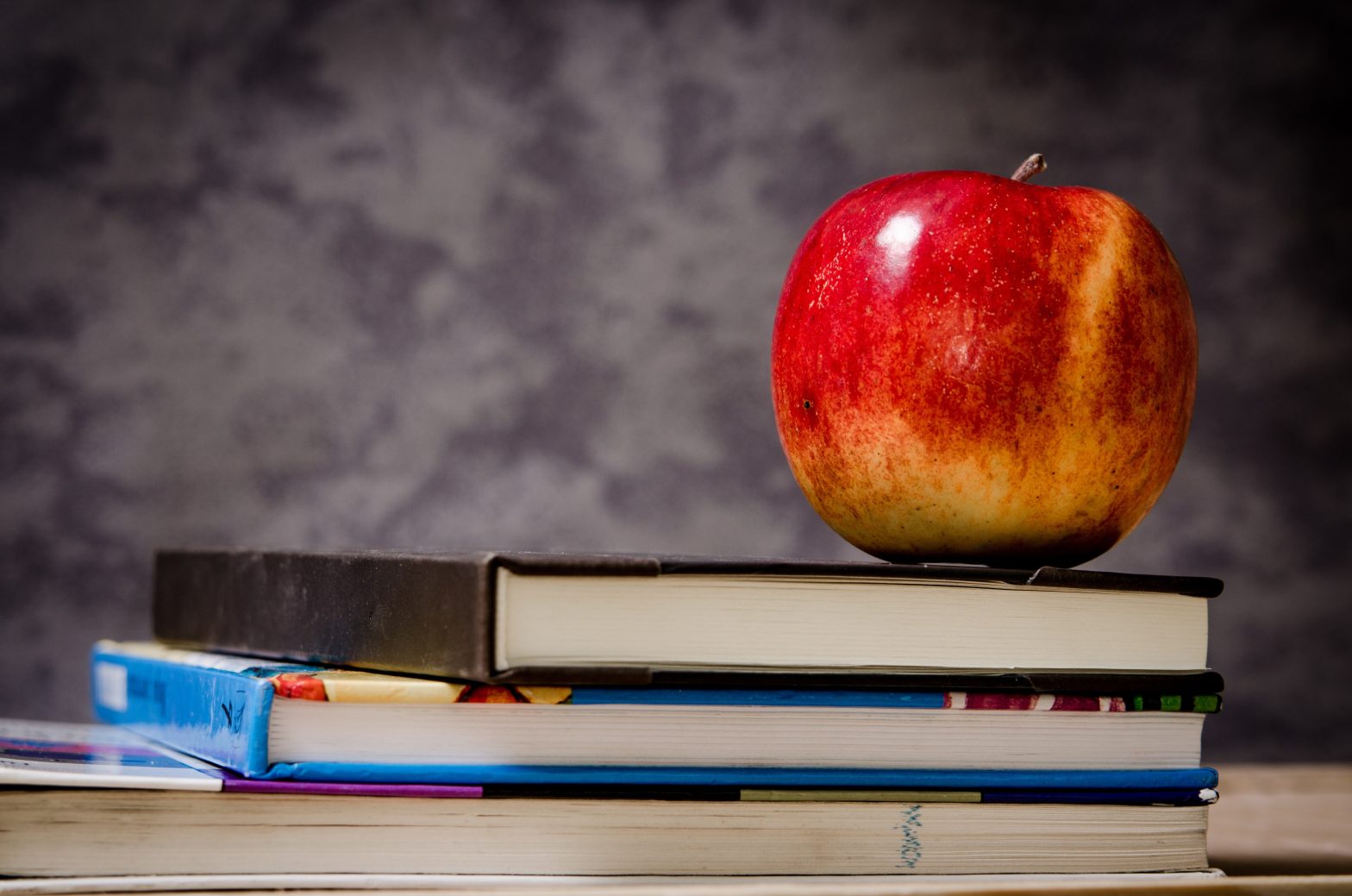Your child’s IEP (Individualized Education Plan) contains overwhelming amounts of information and there’s a reason we have a team working together to fully develop and understand it.
IEP goals are the specific details in your child’s plan that describe what they should accomplish during the school year; additionally, the goals are to provide a roadmap for educating your child.
Writing goals can be one of the hardest parts of developing an IEP. One reason for this is because goals can cover so many different areas. Depending upon your child’s needs, some goals may target areas of the general education curriculum. Other goals may target learning developmental or functional skills—for example, teaching your child how to eat independently, to use public transportation, or to read Braille. Still another area for goal-setting might be your child’s social or emotional needs. These don’t come under a typical “academic” curriculum. But if your child has social or emotional needs, then goals to meet those needs would be written into the IEP.
A well-written goal should (a) be positive, and (b) describe a skill that can be seen and measured. It answers the questions:
“Who?. . . will achieve?
What?. . . skill or behavior?
How?. . . in what manner or at what level?
Where?. . . in what setting or under what conditions?
When?. . . by what time? an ending date?”
Constructing effective IEP goals can be daunting for all involved, but together, no matter what type of disability a child struggles with, it is important to understand that IEP goals drive everything.

